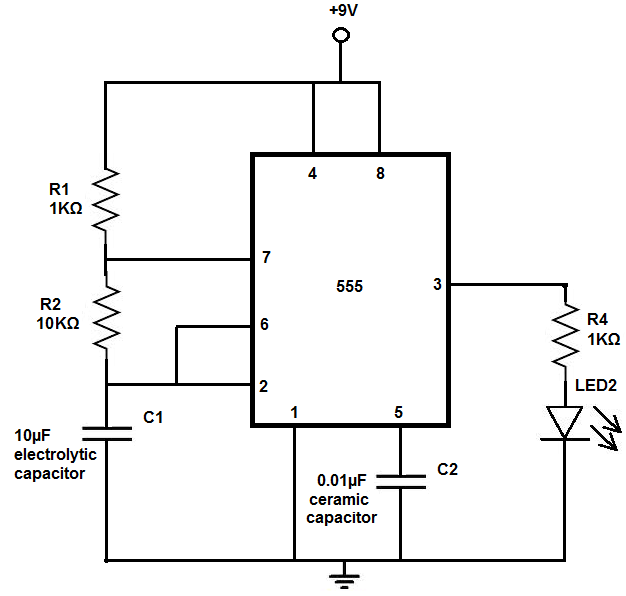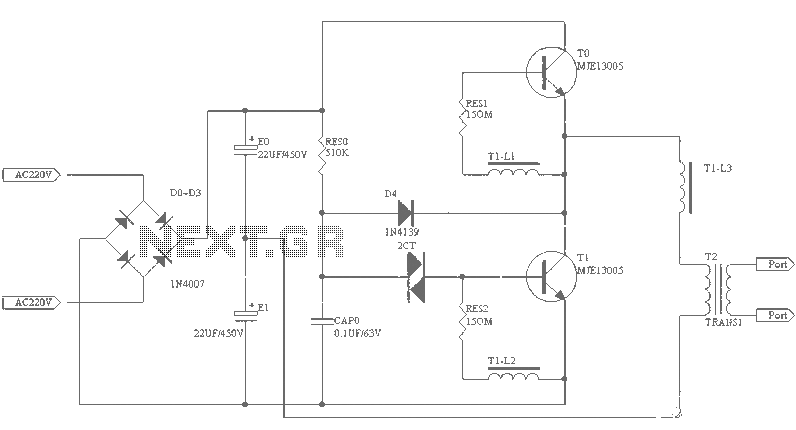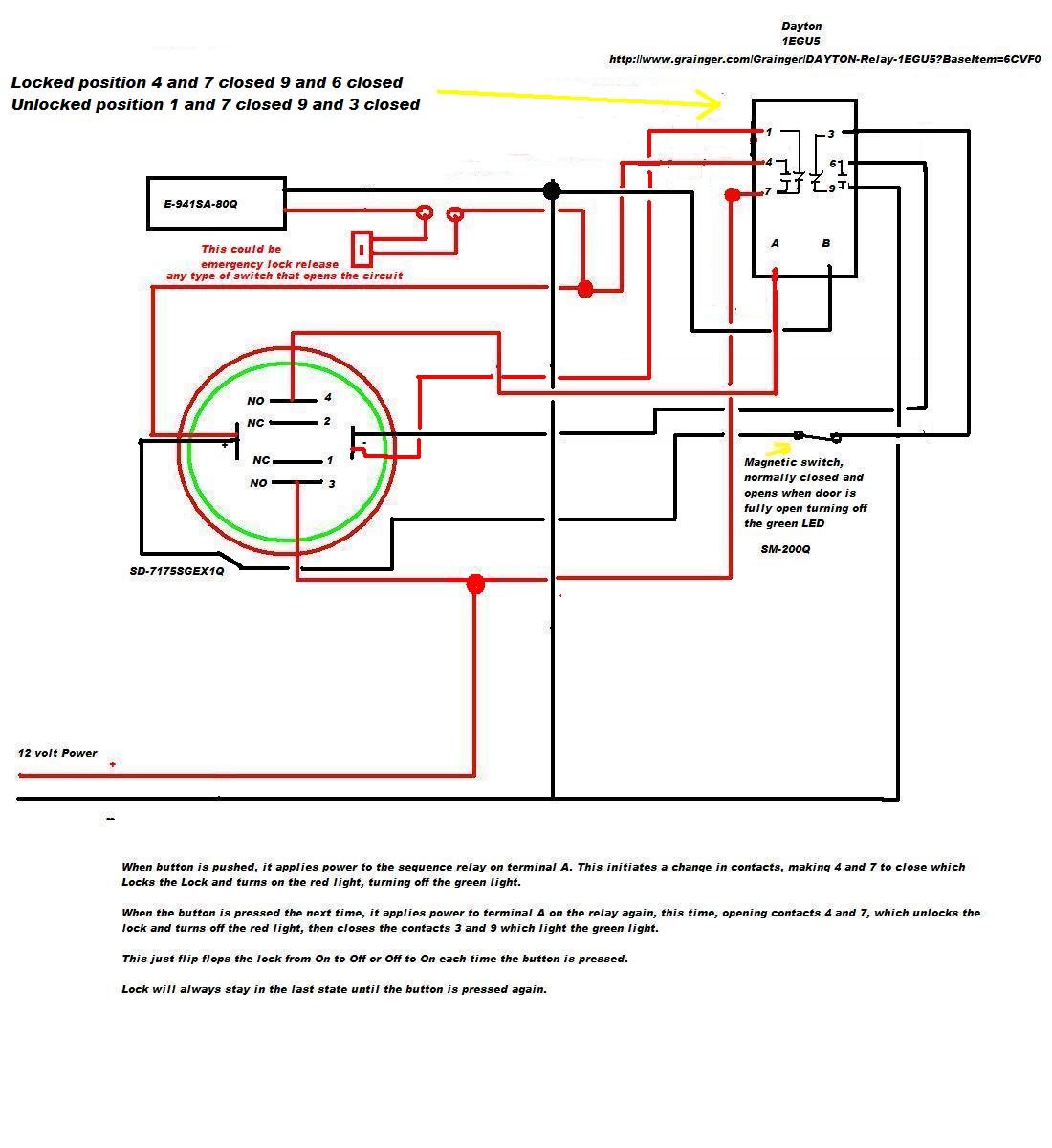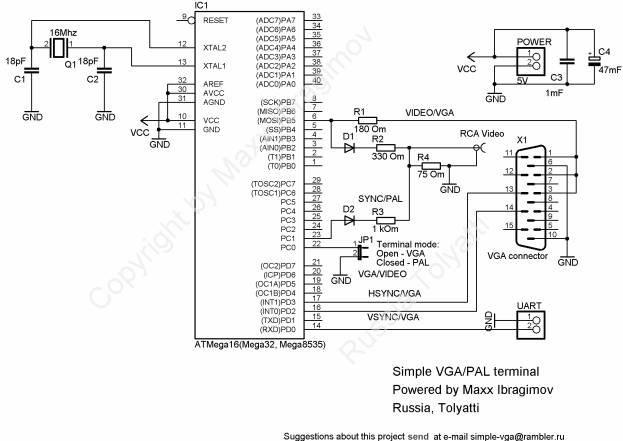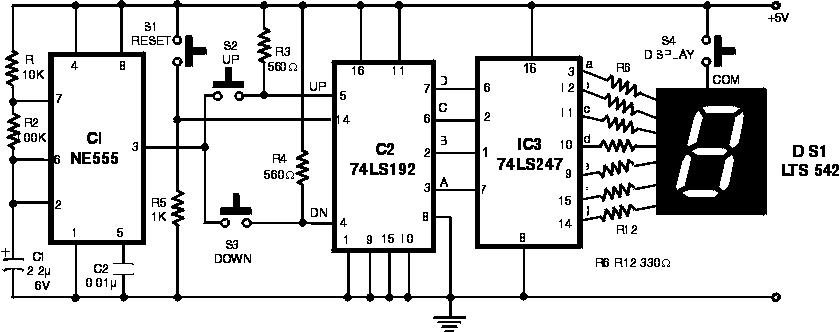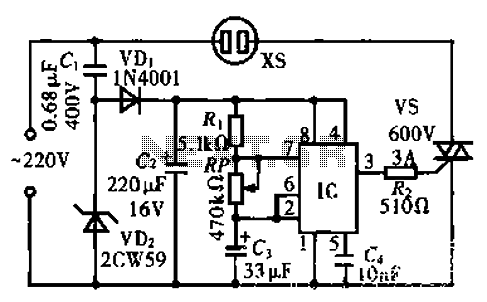
Audio Equalizer Circuit

Designed for communications use, this equalizer circuit utilizes a Mitsubishi M5226P audio equalizer IC to modify frequency response. It operates with a supply voltage ranging from 9 to 20 V. Capacitors C6 through C16 are polyester film capacitors with a tolerance of ±5%.
The equalizer circuit is specifically engineered to enhance audio signals in communication applications by allowing precise adjustments to the frequency response. The Mitsubishi M5226P IC serves as the core component, providing the necessary processing capabilities for audio equalization. This IC is designed to handle a wide range of frequencies, making it suitable for various audio applications.
The power supply requirement of 9 to 20 V ensures compatibility with standard communication equipment, allowing for flexibility in integration with existing systems. The choice of polyester film capacitors (C6 through C16) contributes to the circuit's stability and performance. These capacitors are known for their low distortion and high-frequency response, which is essential for maintaining audio quality in communication systems.
In addition to the capacitors, the circuit may include resistors and other passive components that support the functionality of the equalizer. The layout of the circuit should be optimized to minimize noise and interference, ensuring that the audio signal remains clear and undistorted. Proper grounding and shielding techniques should also be employed to enhance the overall performance of the circuit in real-world applications.
Overall, this equalizer circuit represents a robust solution for audio processing in communication systems, leveraging the capabilities of the Mitsubishi M5226P IC and high-quality passive components to deliver superior audio performance.Designed for communications use, this equalizer circuit uses a Mitsubishi M5226P audio equalizer IC to adjust frequency response. It runs from a 9 to 20 V supply. C6 through C16 are polyester film capacitors of +- 5% tolerance. (QST, 🔗 External reference
The equalizer circuit is specifically engineered to enhance audio signals in communication applications by allowing precise adjustments to the frequency response. The Mitsubishi M5226P IC serves as the core component, providing the necessary processing capabilities for audio equalization. This IC is designed to handle a wide range of frequencies, making it suitable for various audio applications.
The power supply requirement of 9 to 20 V ensures compatibility with standard communication equipment, allowing for flexibility in integration with existing systems. The choice of polyester film capacitors (C6 through C16) contributes to the circuit's stability and performance. These capacitors are known for their low distortion and high-frequency response, which is essential for maintaining audio quality in communication systems.
In addition to the capacitors, the circuit may include resistors and other passive components that support the functionality of the equalizer. The layout of the circuit should be optimized to minimize noise and interference, ensuring that the audio signal remains clear and undistorted. Proper grounding and shielding techniques should also be employed to enhance the overall performance of the circuit in real-world applications.
Overall, this equalizer circuit represents a robust solution for audio processing in communication systems, leveraging the capabilities of the Mitsubishi M5226P IC and high-quality passive components to deliver superior audio performance.Designed for communications use, this equalizer circuit uses a Mitsubishi M5226P audio equalizer IC to adjust frequency response. It runs from a 9 to 20 V supply. C6 through C16 are polyester film capacitors of +- 5% tolerance. (QST, 🔗 External reference
